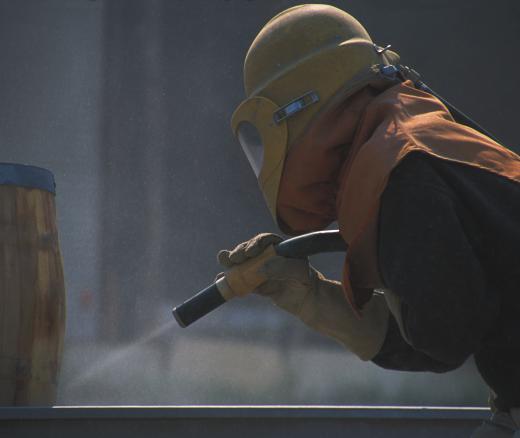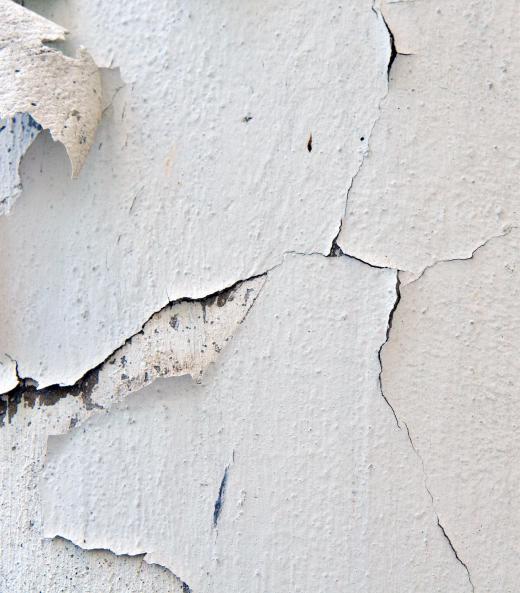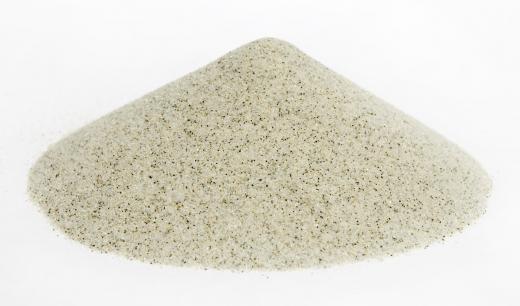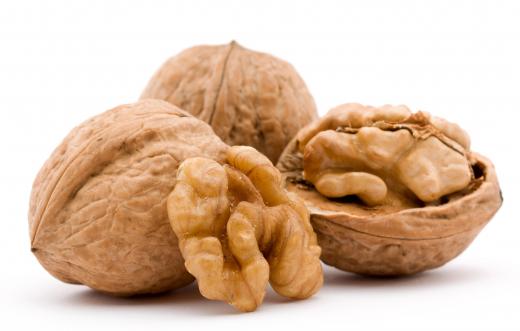There are many different types of sandblasting media available, including mineral abrasives, such as aluminum oxide, white aluminum oxide, and coal slag. There are also synthetic abrasives, such as plastic and pumice. Some people prefer to use silica sand, crushed glass grit, or glass beads as sandblasting media as well. There are biodegradable abrasives, such as corn cobs, walnut shells, and baking soda.
Aluminum oxide is one of the hardest sandblasting media available. In fact, only diamond is a harder than aluminum oxide. It is very abrasive, so it cuts through metals quickly. In addition, it creates very little dust, making it a safe choice when working on hard metal surfaces. When used on metal surfaces, it creates a matte-looking finish or anchor-shaped designs on the face of the metal.

White aluminum oxide is a sandblasting media that is often used on products with softer coatings. It is preferred by many people for use on surfaces that cannot come into contact with other forms of metal oxides, such as brown aluminum oxide. It is often used for microdermabrasion on metal surfaces because it is not abrasive.
Coal slag is a sandblasting media that is taken from power plants that are run by coal. It is often used for general maintenance and for making repairs. For example, it is often used on ships and bridges to remove paint and various coatings.

Plastic grit is a gentler synthetic blasting media and comes in various shapes and sizes. It is often used to restore cars or other items because it will strip the body of paint, but will not damage the surface beneath the paint. Pumice is also a soft type of media that will not damage surfaces below a layer of paint.
Silica sand is among the most popular sandblasting media types. Although it is inexpensive and effective, it also creates a significant amount of dust. Besides the mess involved with the large amount of dust, it has also been proven to cause lung disease in some users. As a result, places such as Portugal and Germany have banned the use of silica sand as type of blasting grit.

Crushed glass grit and glass beads are also effective types of sandblasting media. They are recyclable, making them rather economical. As a general rule of thumb, the smaller the glass pieces, the slicker the surface will be. The beads are commonly used to clean calcium build-up on tiles around hot tubs and swimming pools. In addition, either type will clean fiberglass, lighten grout, and remove rust or mold.

The gentlest, least expensive and most environmentally friendly types of media include corn cobs, walnut shells, and baking soda. The corn cobs are used on wood to clean structures, such as barns, homes, and fences, before they are painted. In addition, the corn cob grit will clean areas affected by smoke damage and absorb grease or other substances. It can also be used to clean, deburr, or polish thin metals, such as jewelry, engine parts, or springs.

Walnut shells are used to make a biodegradable sandblasting media grit. This type of grit is inexpensive but also effective in cleaning and polishing sensitive items. These items can include electronics, aircraft turbines, historic architectural structures, and car parts. In addition, baking soda is also biodegradable. It is often used to clean and restore surfaces such as stone or marble and remove graffiti, mold, and rust.
